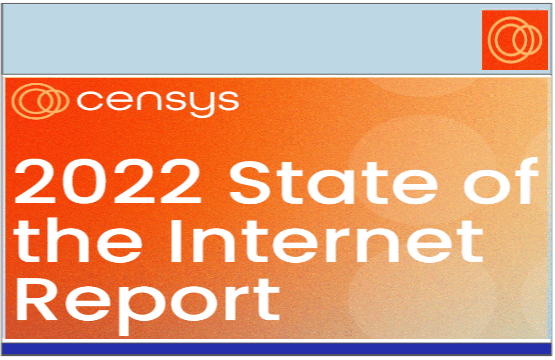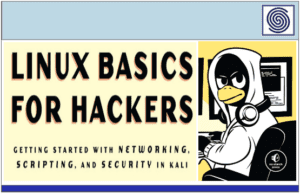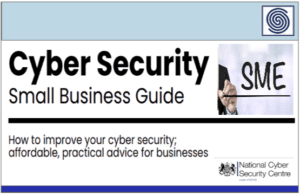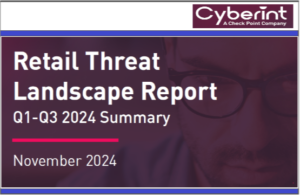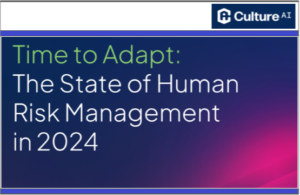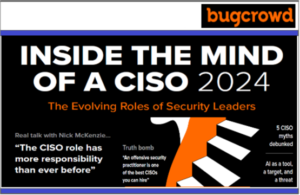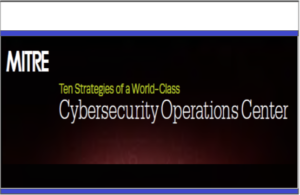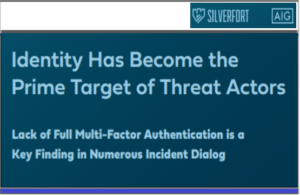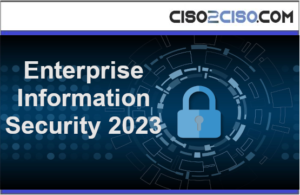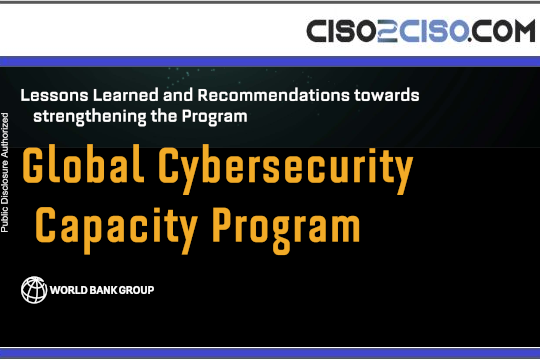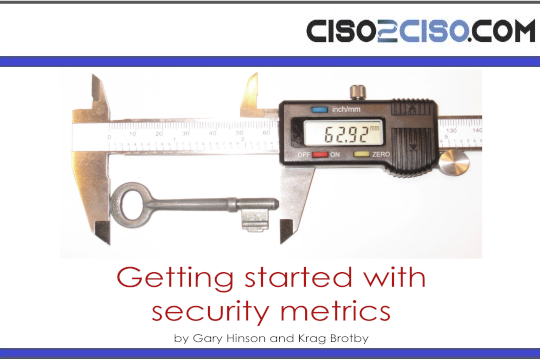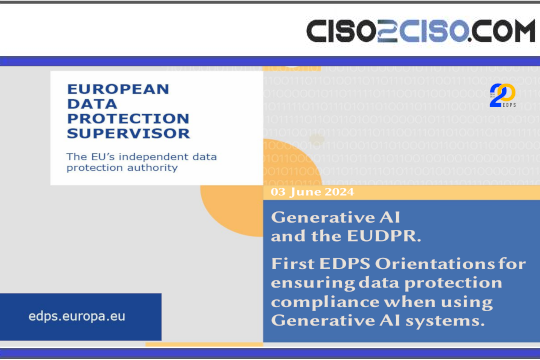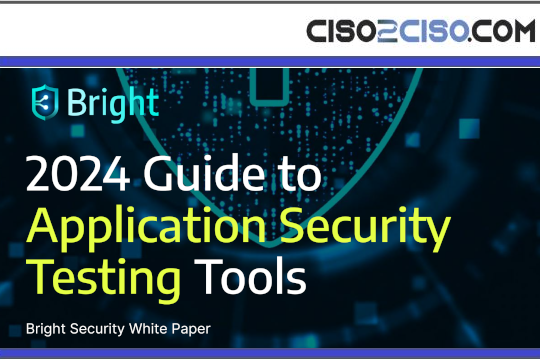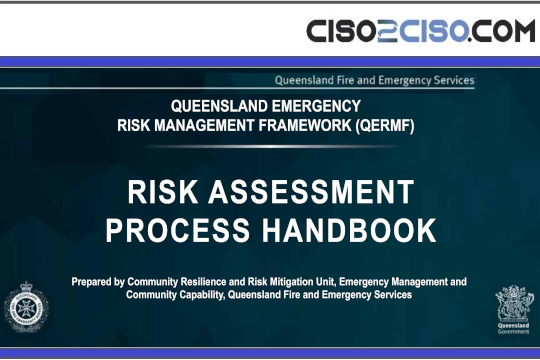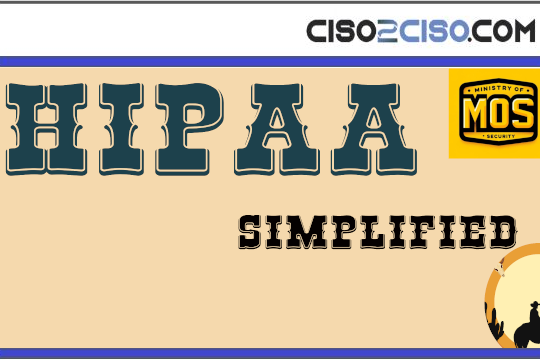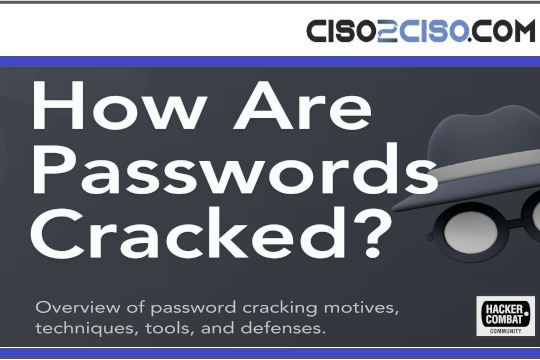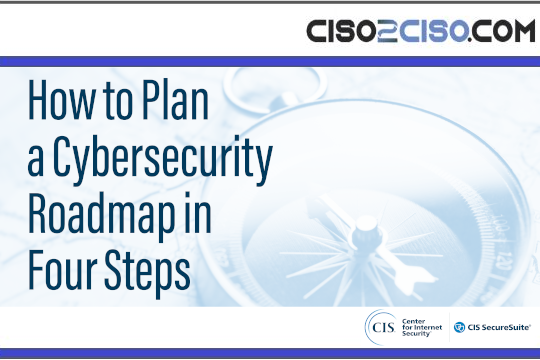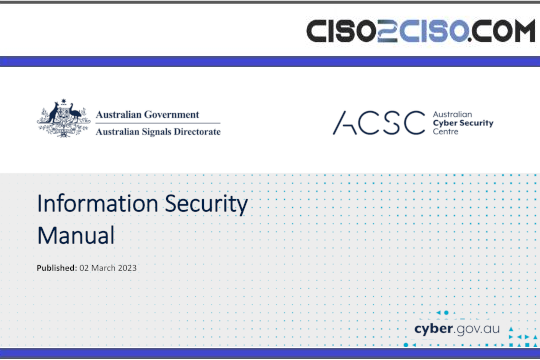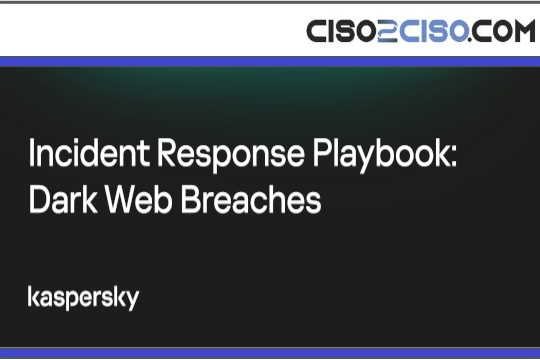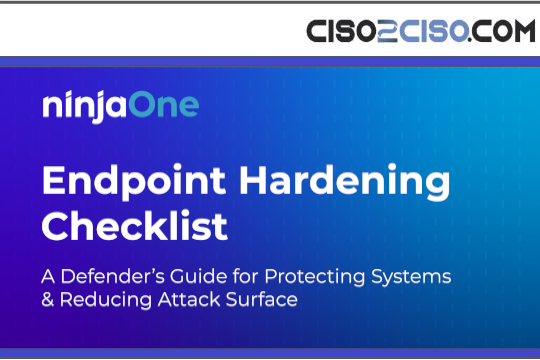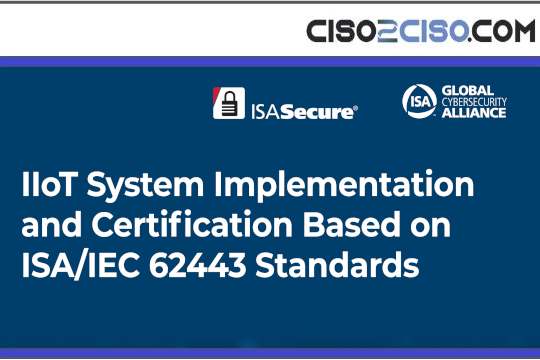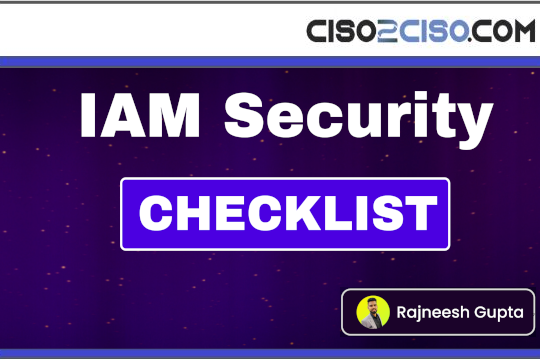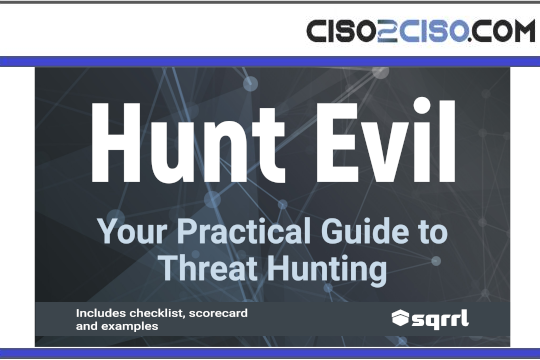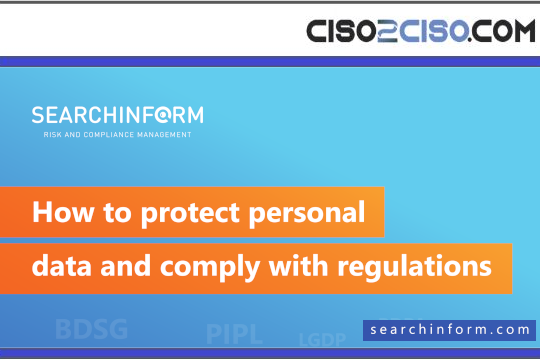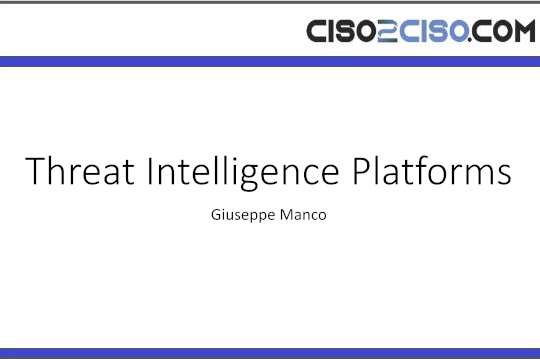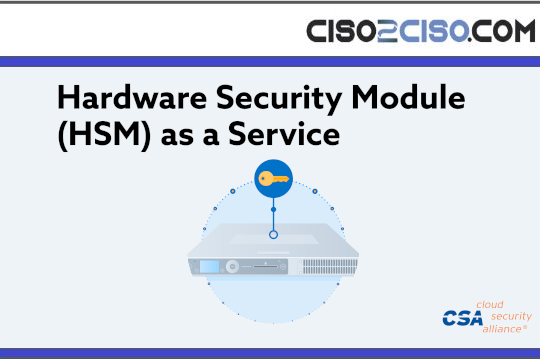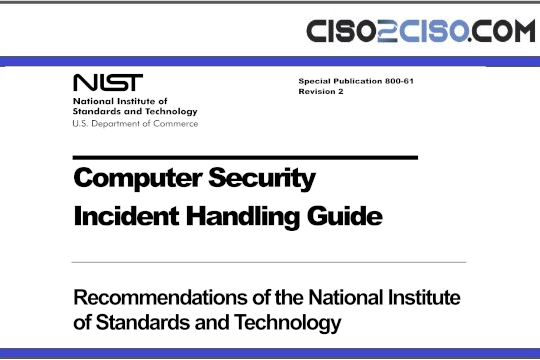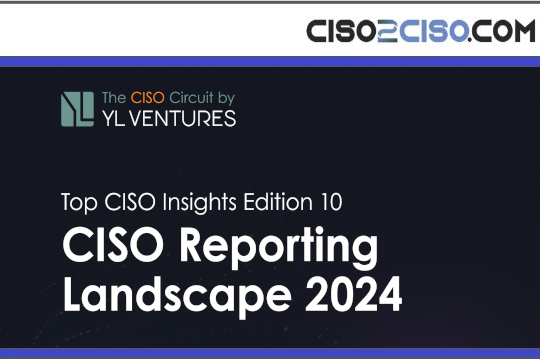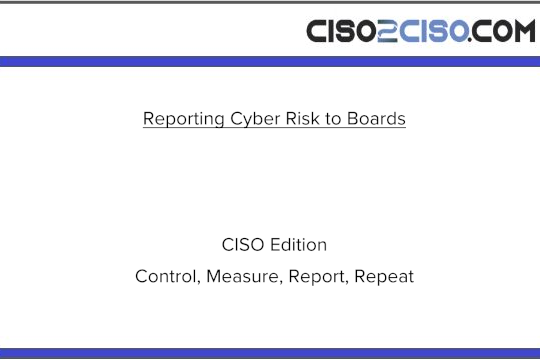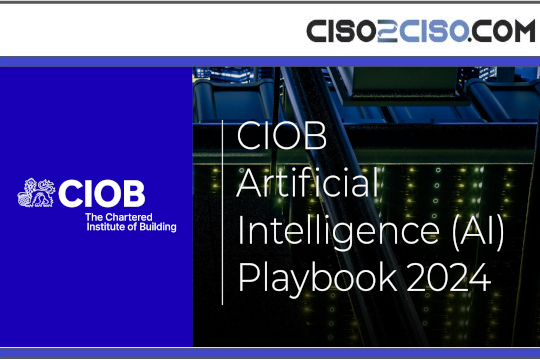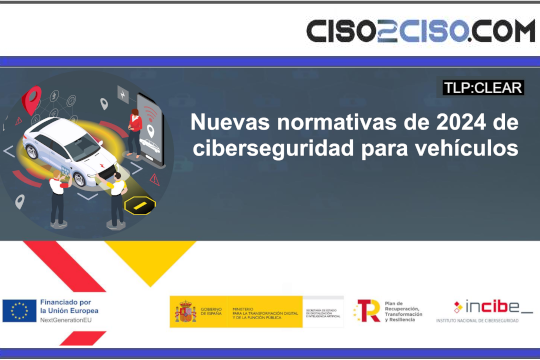Introduction
The Internet has revolutionized how we communicate, share information, and conduct business. Remote work arrangements, cloud adoption, and zero trust deployments have increased the Internet exposure of most organizations. While organizations’ technological footprint once resided behind the closed doors of
corporate networks, shifts in the way we use technology and increased connectivity have ushered in an era of Internet exposure.
The use of services and devices not approved by IT teams, or shadow IT, has increased over the last 2 years, driven in large part by new remote work demands.
This increased connectivity beyond the purview of IT and Security teams now poses additional risk to organizations in the form of improperly managed devices and services connected to the Internet.
Censys maintains the most comprehensive view of assets on the Internet by continuously scanning the public IPv4 address space across the 3,500 most popular ports. This data is freely available via Censys Search, and we provide data for researchers and enterprise security teams. This Internet-wide scan data also powers our Attack Surface Management (ASM) product, which comprehensively maps organizations’ Internet exposure. This data allows us to understand broader trends in Internet security and how organizations are exposed across the Internet.
As researchers and security practitioners ourselves, we wrote this report with the goal of sharing our visibility with the wider security community. We’re eager to share what we’ve learned, and we hope it’s useful and informative to security practitioners, executives, and enthusiasts alike.
Views: 14

